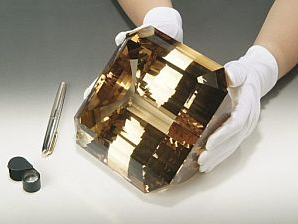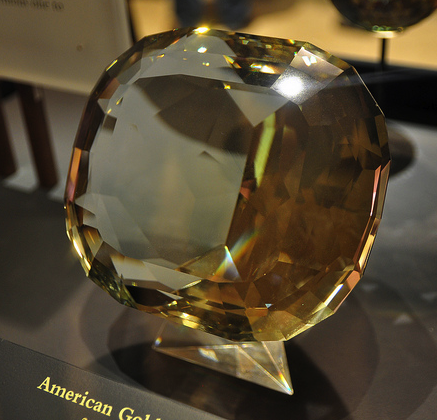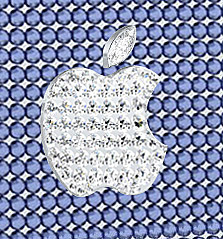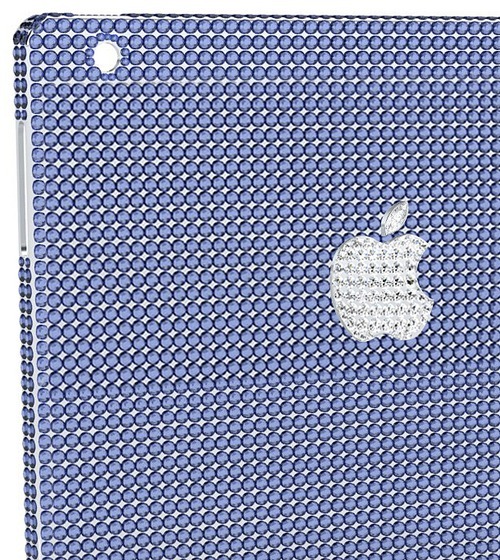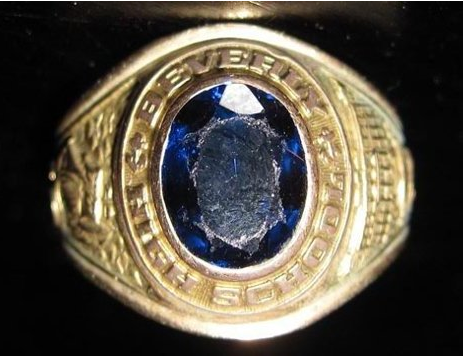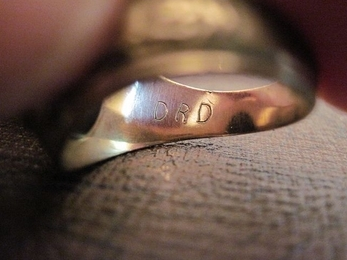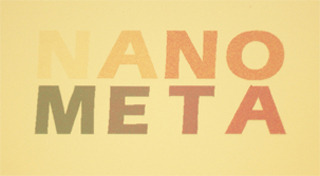Welcome to Music Friday when we bring you wonderful songs with jewelry, precious metals or gemstones in the title or lyrics. Today we honor Billy Joel, whose beloved Long Island is still struggling to recover from the devastation inflicted by super-hurricane Sandy. Many of Joel's songs refer to his childhood growing up in the working class town of Hicksville. Even as an adult, Joel still calls Long Island "home."
Joel will join Bruce Springsteen, Jon Bon Jovi, Sting and Christina Aguilera in a benefit concert to aid the victims of the East Coast tragedy. Hurricane Sandy: Coming Together will be broadcast tonight at 8 p.m. EST on the NBC Universal family of channels. Proceeds from the live telethon will be donated to the American Red Cross, an organization providing shelter, food and other relief to those in the affected areas.
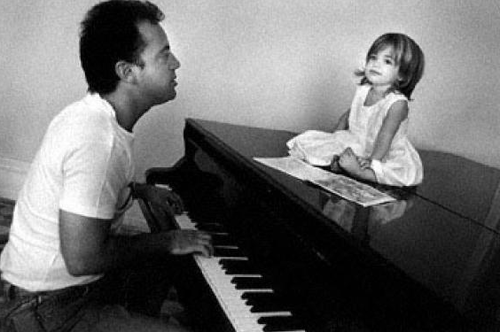
In keeping with our theme for Music Friday, we bring you "Lullabye," a heartfelt and beautiful composition inspired by Joel's daughter, Alexa Ray, who was only eight years old when the track was included in his "River of Dreams" album of 1993. Joel tells his daughter in the song, "Goodnight my angel now it's time to sleep. And still so many things I want to say. Remember all the songs you sang for me when we went sailing on an emerald bay."
The six-time Grammy Award winner and 23-time Grammy nominee is a member of the Rock and Roll Hall of Fame and has sold more than 150 million records worldwide.
If you have a little one in your household, please give him or her a big hug while sharing this wonderful song (see video below)... The lyrics are here if you'd like to sing along.
"Lullabye (Goodnight, My Angel)"
Music and lyrics by Billy Joel.
Goodnight my angel, time to close your eyes
And save these questions for another day
I think I know what you've been asking me
I think you know what I've been trying to say
I promised I would never leave you
Then you should always know
Wherever you may go, no matter where you are
I never will be far away
Goodnight my angel, now it's time to sleep
And still so many things I want to say
Remember all the songs you sang for me
When we went sailing on an emerald bay
And like a boat out on the ocean
I'm rocking you to sleep
The water's dark and deep, inside this ancient heart
You'll always be a part of me
Goodnight my angel, now it's time to dream
And dream how wonderful your life will be
Someday your child may cry, and if you sing this lullaby
Then in your heart there will always be a part of me
Someday we'll all be gone
But lullabies go on and on
They never die
That's how you and I will be

